Phil Conran, director of consultancy 360 Environmental, and sustainable wastes management professor Margaret Bates have both tweeted the Agency arguing it was a ‘significant point of principle’ to clarify.
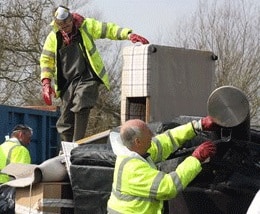
But, late last week the Environment Agency told letsrecycle.com that it is currently ‘too busy’ dealing with flood incidents to offer specific examples of how certain materials such as furniture and carpets should be handled following flood damage.
[Update 13/01/16: The EA has today clarified its position on the disposal of flood-damaged household items. See letsrecycle story here]
However, the Agency has indicated that it is trying to apply the waste hierarchy to the situation, in particular on the recycling of white goods damaged by flooding.
Confusion surrounding the definition of materials damaged by water follows a month of floods which have devastated parts of Northern England and Scotland.
The destruction has led to extra waste materials being landfilled over Christmas and the New Year, with government footing the bill for disposal (see letsrecycle.com story).
When asked why flooded household items needed to be landfilled, one Carlisle-based skip hire firm told letsrecycle.com that it considered materials were ‘hazardous’ due to contamination by floodwater and were therefore unsuitable for recycling. Others have said they were uncertain over the status of waste materials.
Health
The Local Authority Recycling Advisory Committee (LARAC), told letsrecycle.com that it considered disposal of the flood waste material was a ‘public health issue’.
Andrew Bird, LARAC chair, said: “There’s enough logistical problems getting it cleared up and if it’s contaminated with sewage there is the potential for a public health issue. If something could be recycled easily I’m sure that’s taken into consideration, but safety has to take priority.”
In its guidance on flood recovery, Public Health England suggest that all flood-damaged food waste should be placed in ‘plastic refuse sacks’ for collection and ‘double bagged if possible’.
The organisation has warned householders to take care of household chemicals and oil which may have contaminated floodwater but does not state whether this affects disposal of bulky items or white goods. Sandbags “tend to retain contaminants such as sewage and oils when they come into contact with floodwater” and should not be placed alongside household waste, it adds.
Tweeting in response to a request by Mr Conran for a clear definition on where flood damaged materials sit within the waste hierarchy, the Environment Agency said it “was not automatically classed as [hazardous], would need to refer to European Waste Catalogue to accurately classify”.
Catalogue
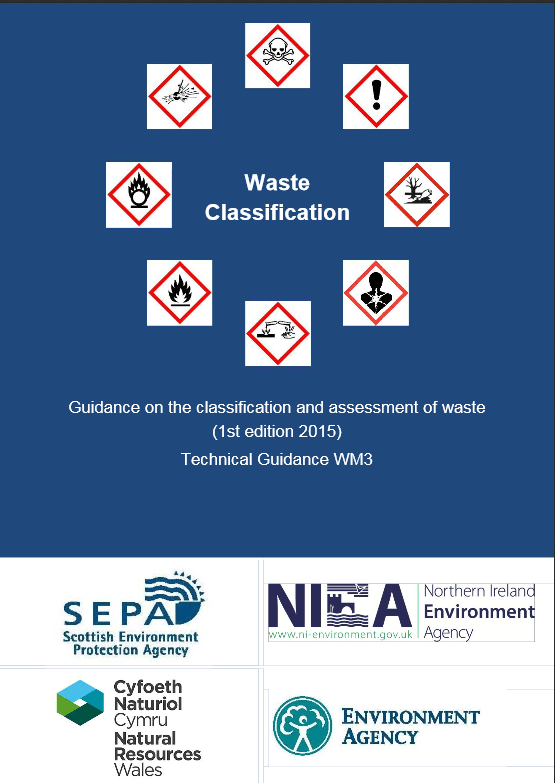
However the European Waste Catalogue, a 185-page technical guidance document requiring ‘knowledge of chemistry to fully utilise’, does not offer specific guidance on a hazardous waste definition of materials damaged by floodwater.
Mr Conran argued that there needs to be a ‘consistent position’ on the classification of flood damaged waste, as the rule could have huge implications for other areas of the environment, such as farming.
He said: “If flood water is considered to be contaminated to the extent that it should be classified as hazardous, then that would tend to suggest that any land covered in flood water should be classed as contaminated which has huge implications.
“My understanding is that municipal sewage is generally not classed as hazardous waste. I am therefore assuming that there would need to be a positive reason for flood water to be classed as hazardous, e.g. there has been leakage from an interceptor known to contain hazardous materials. But that would then take you back to the arguments as to what has actually become contaminated through contact. Is the mud that is currently hosed away by the fire brigade contaminated? Is the flooded land contaminated?”
Warnings
He added: “Given that there appears to have been no warnings issued on the dangers of flood water contamination in relation to people and livestock, it would seem strange if it was then classified as hazardous from the point of view of anything then removed as waste.”
On this topic, Professor Margaret Bates, who is also senior vice-president of the CIWM, has tweeted: “It is a point of principle and should be able to be clearly explained.”






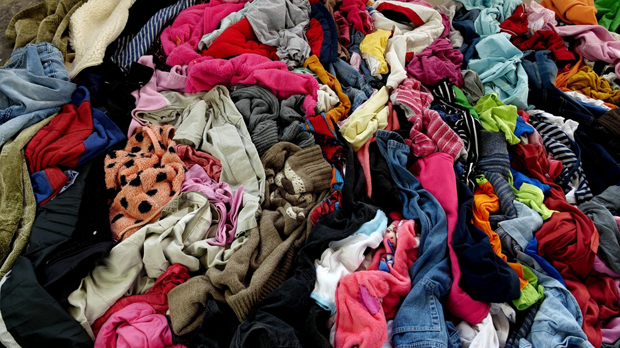
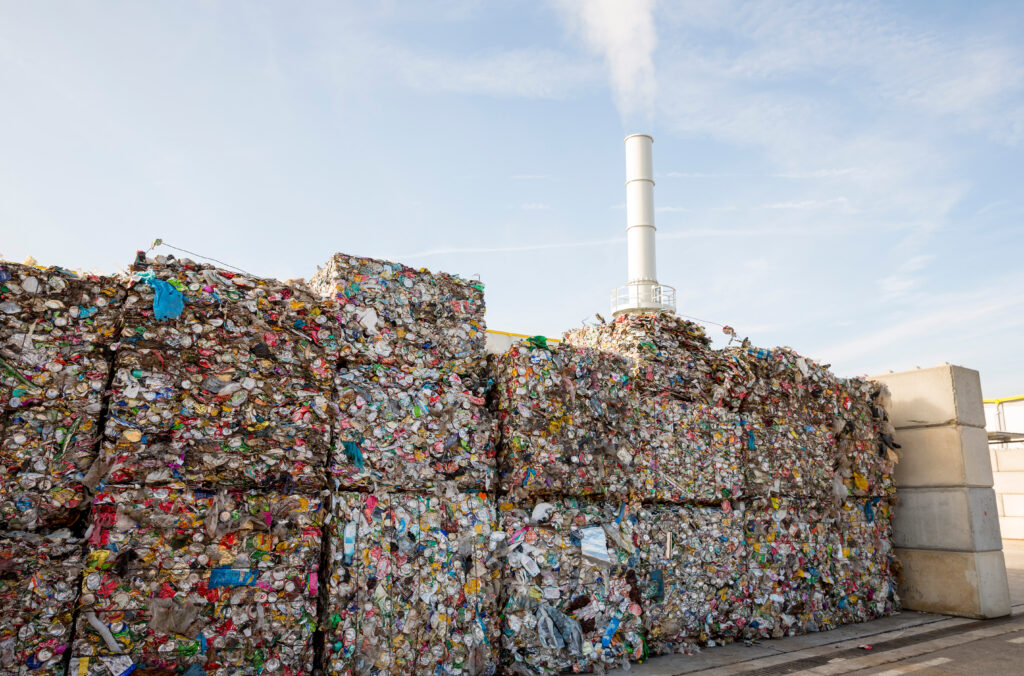
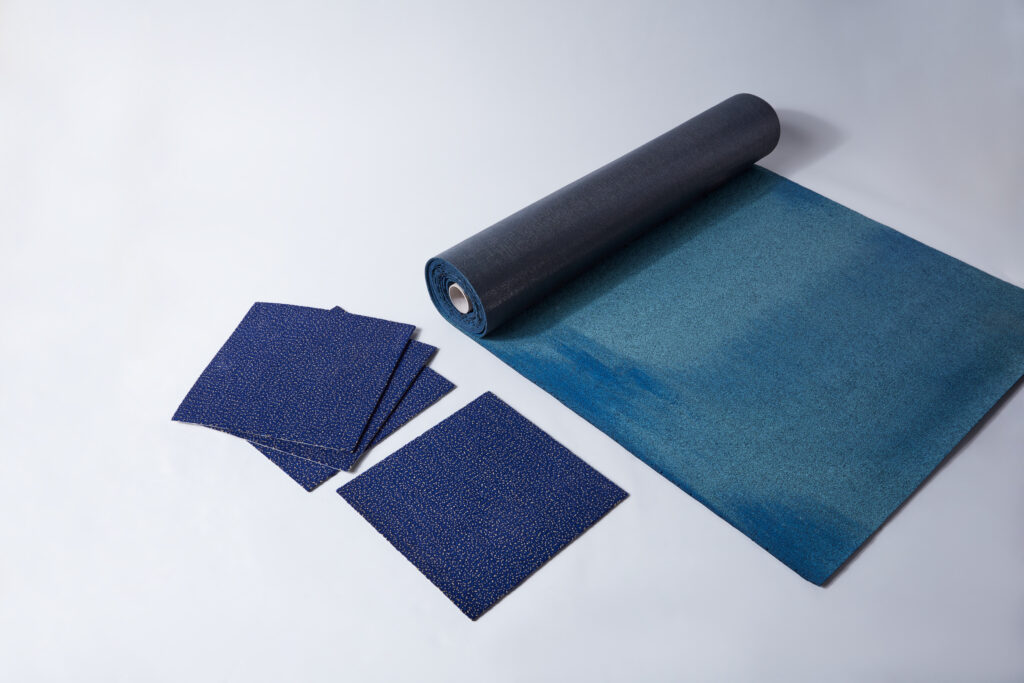

Subscribe for free